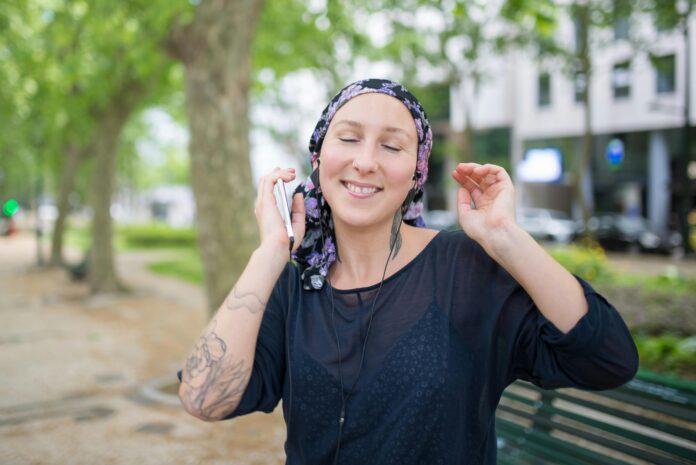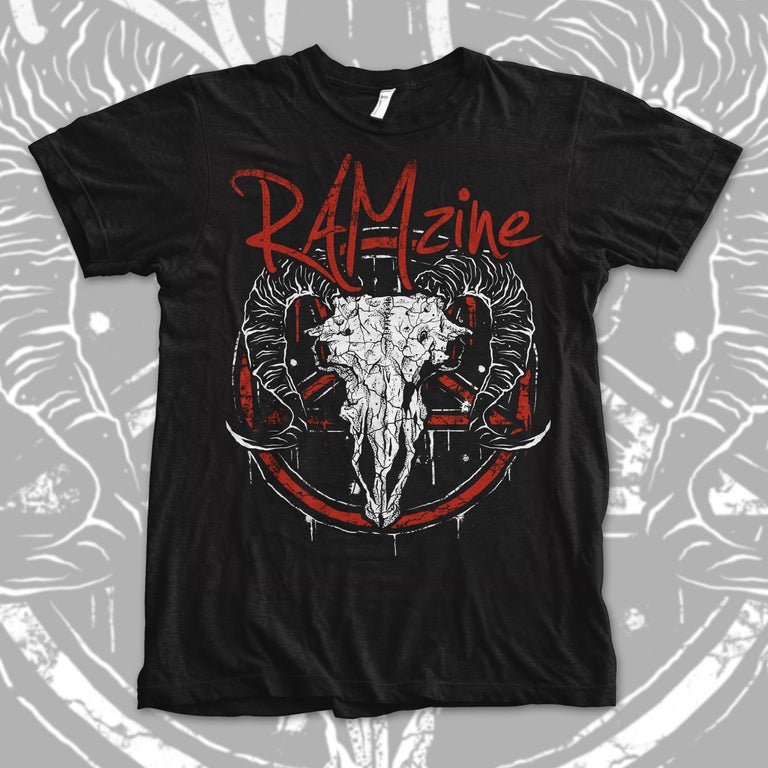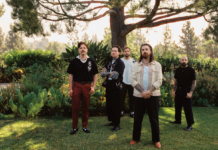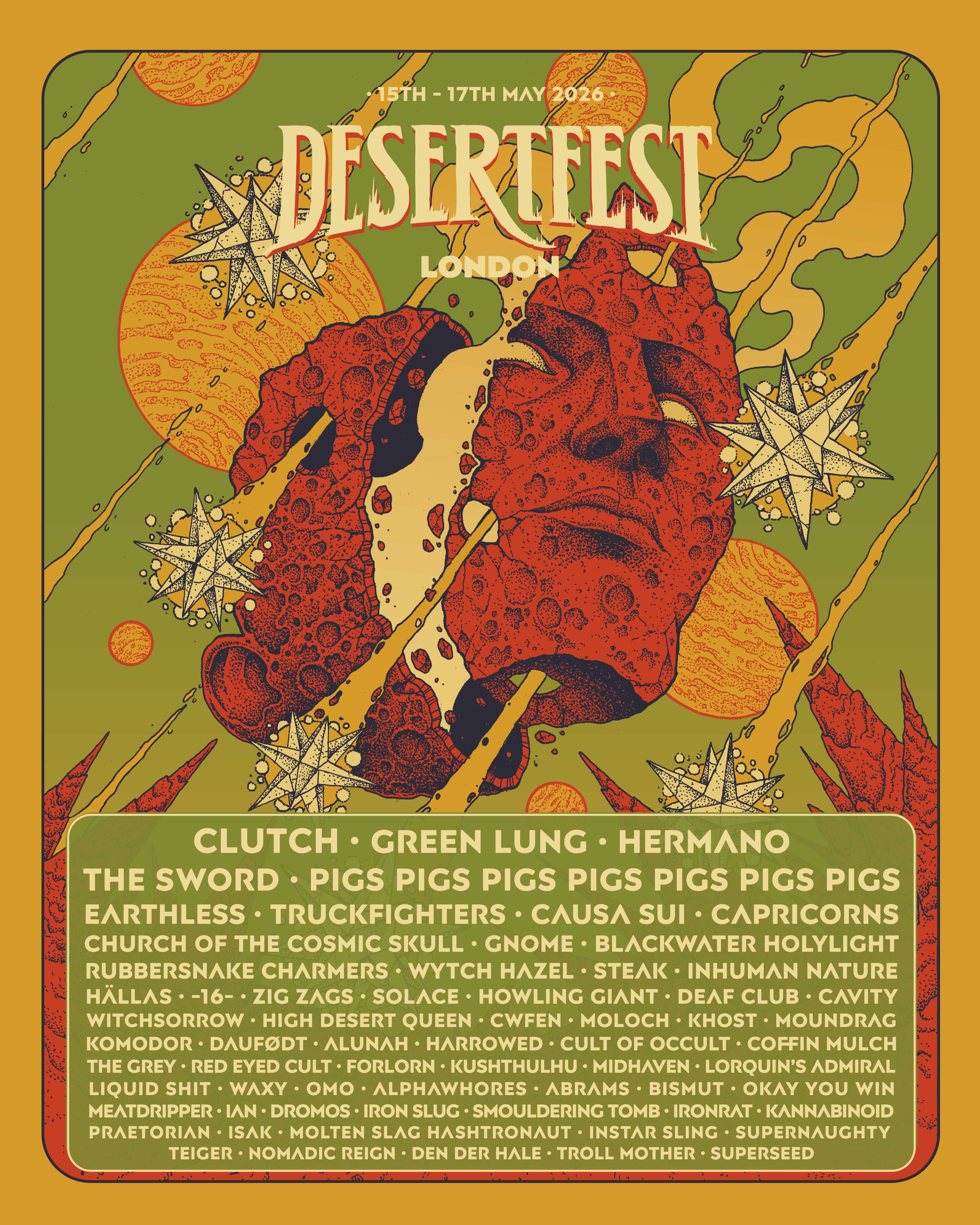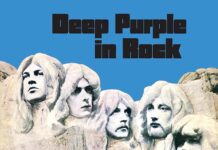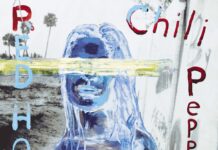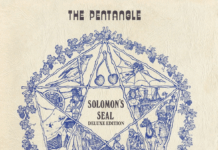The intersection of music and personal struggle has long been a source of inspiration. However, for many artists facing cancer, their battles have become a profound catalyst for creative expression.
In recent years, more musicians have used their experiences with cancer to fuel their artistry, turning personal challenges into meaningful songs. From sharing raw emotions to spreading awareness, these artists cope with their battles through music and inspire millions.
This trend highlights the resilience of the human spirit and the transformative power of music. It demonstrates how personal hardships can be channelled into creativity, leading to artistic expressions that resonate deeply with listeners.
Transformation of Diagnosis into Art
For many musicians, a cancer diagnosis becomes a powerful catalyst for creating deeply personal songs. The emotions of fear, anger, hope, and resilience are often transformed into lyrics and melodies that reflect the complexity of their experiences.
Artists like Andrew Cunningham, who wrote ‘The Cancer Song’ in honour of his wife’s battle with breast cancer, use music as both a form of therapy and a means of storytelling. Cunningham’s song speaks to the upheaval and shifting priorities that come with a cancer diagnosis, offering encouragement to others facing similar challenges.
This process of turning personal pain into art is a common theme among artists. Maria Gillard’s ‘I’m Bald,’ for example, candidly addresses the realities of chemotherapy-induced hair loss. Additionally, collaborative projects between patients and musicians provide individuals with the opportunity to co-write songs that reflect their personal journeys.
Music becomes an important outlet for emotional expression, helping both musicians and patients cope with their experiences. Even those without a musical background are often drawn to songwriting during their treatment. These people find music a therapeutic way to express emotions that are difficult to put into words.
How Treatment Fuels Creativity
Cancer treatment often involves long hours spent in clinics, and for many music artists, these hours of solitude become unexpected opportunities for creativity. During these stretches of time, songwriting and composing provide both distraction and purpose, helping artists process their experiences.
Mike Blair, who composed songs for the album Ever Singing while his wife Sue underwent treatment, found that music became a therapeutic outlet. It helped him process the emotional complexities of the journey. Through composing, Blair was able to search for meaning amid the uncertainty, turning a difficult experience into a source of creative inspiration.
Additionally, according to New Scientist, Brighton composer Helen Anahita Wilson has received positive feedback from cancer patients globally for her compositions. She uses frequencies from medicinal plants and the sounds of chemotherapy machines as the foundation of her work. Wilson, inspired by her own treatment experience, creates music from biological data to explore the intersection of cancer and healing.
Keeping the Music Alive During Treatment
Cancer treatment can be physically demanding, especially for music artists who rely on their bodies to perform and create. However, medical innovations are helping these artists maintain their creative momentum during treatment.
Advances like portable infusion pumps, telemedicine, and wearable health trackers provide more flexibility, allowing artists to continue their careers. These technologies enable them to maintain a connection with healthcare professionals without the need for frequent hospital visits.
In particular, the port-a-catheter, a small device implanted under the skin for easy vein access during chemotherapy, has made it easier for artists to work. It reduces the need for repeated needle sticks and minimises discomfort during infusions, making the process more manageable.
However, the device is not without its challenges. One such issue is port-a-catheter migration, where the catheter moves from its intended position. Port-a-catheter migration symptoms can include swelling, pain, or difficulty administering infusions, sometimes requiring medical intervention or even legal action against manufacturers.
Using the Spotlight for Awareness
Many artists who have battled cancer use their platforms to raise awareness, funds, and support for cancer research and patient care. Through interviews, benefit concerts, and social media campaigns, they become advocates for change.
Some go beyond advocacy, founding organisations or partnering with charities to offer resources to others affected by cancer. Their music transforms into an anthem of resilience and hope, motivating fans to join the cause. By turning their struggles into public advocacy, these artists help remove the stigma around cancer and foster a sense of solidarity.
In East Sussex, for instance, a group of men recorded a music video to raise awareness of prostate cancer. Proceeds from the song ‘They Let Their Walking Do Their Talking’ will benefit Prostate Cancer UK. Mike Raxworthy, a Hastings-based musician and prostate cancer patient, says, “If we save one life, we’ve succeeded.”
Building Community Through Shared Experience
The connection between artists and fans deepens when musicians share their cancer stories. Fans facing similar struggles find comfort and inspiration in the music, lyrics, and personal narratives of their favourite performers. Concerts, benefit events, and social media platforms become spaces where people unite, share experiences, and support one another.
Collaborative songwriting projects, such as those involving teenagers with cancer and professional musicians, highlight the power of music to build solidarity. These initiatives offer participants a sense of belonging and an opportunity to express their hopes, fears, and dreams through song. The resulting music not only documents individual journeys but also strengthens the bonds within the cancer community.
An example of this solidarity can be seen in London, where three musicians who survived cancer released a song titled About Time. This song amplifies the voices of those on waiting lists for treatment and those in recovery.
Soprano opera singer Monica McGhee, diagnosed with thyroid cancer, wrote the song after fearing she’d never sing again. Through ‘About Time,’ she hopes to offer comfort and reduce isolation for others navigating their cancer journey.
Frequently Asked Questions
How do you fix a catheter migration?
Catheter migration can be addressed by repositioning the catheter, typically through fluoroscopic guidance. In some cases, surgery may be required to correct the placement. It’s essential to consult with a healthcare provider to determine the appropriate solution based on the severity and location of the migration.
Can music promote healing?
Yes, music can promote healing by reducing stress, improving mood, and enhancing emotional well-being. It has therapeutic benefits, aiding in pain management, relaxation, and mental clarity. Music therapy has been shown to support recovery in both physical and emotional health, fostering a sense of connection and comfort.
Do cancer cells respond to music?
Research suggests that while music may not directly affect cancer cells, it can have a positive impact on cancer patients’ well-being. Music therapy helps reduce stress, anxiety, and pain, potentially improving the body’s ability to heal and cope with treatment. It creates a calming, supportive environment for patients.
The resilience and creativity of music artists who turn cancer battles into creative triumphs offer hope to millions. Their ability to keep creating in the face of adversity is a testament to the transformative power of art.
Through their music, they inspire fans, raise awareness, and build community, proving that even in life’s darkest moments, creativity can shine through. The legacy of their work extends far beyond the stage, reminding us all that pain can be a powerful source of purpose.

